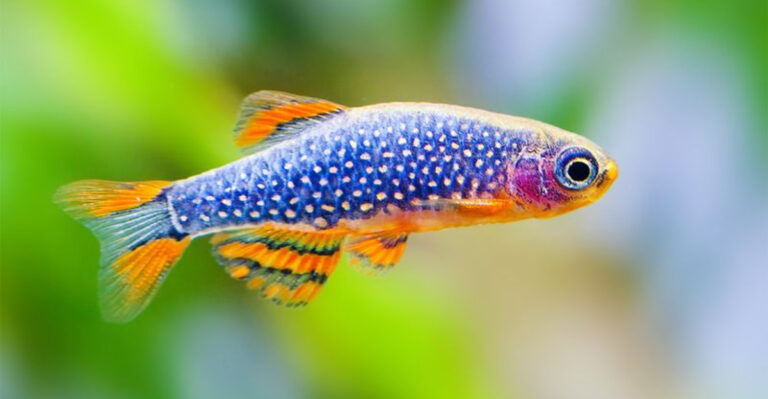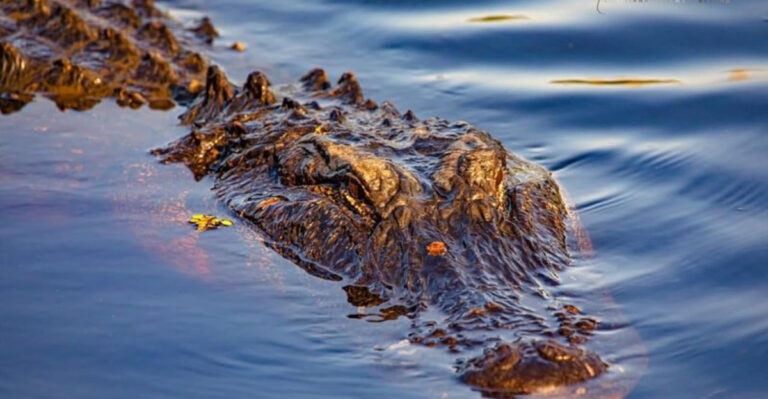Everything To Know About Jellyfish Stings
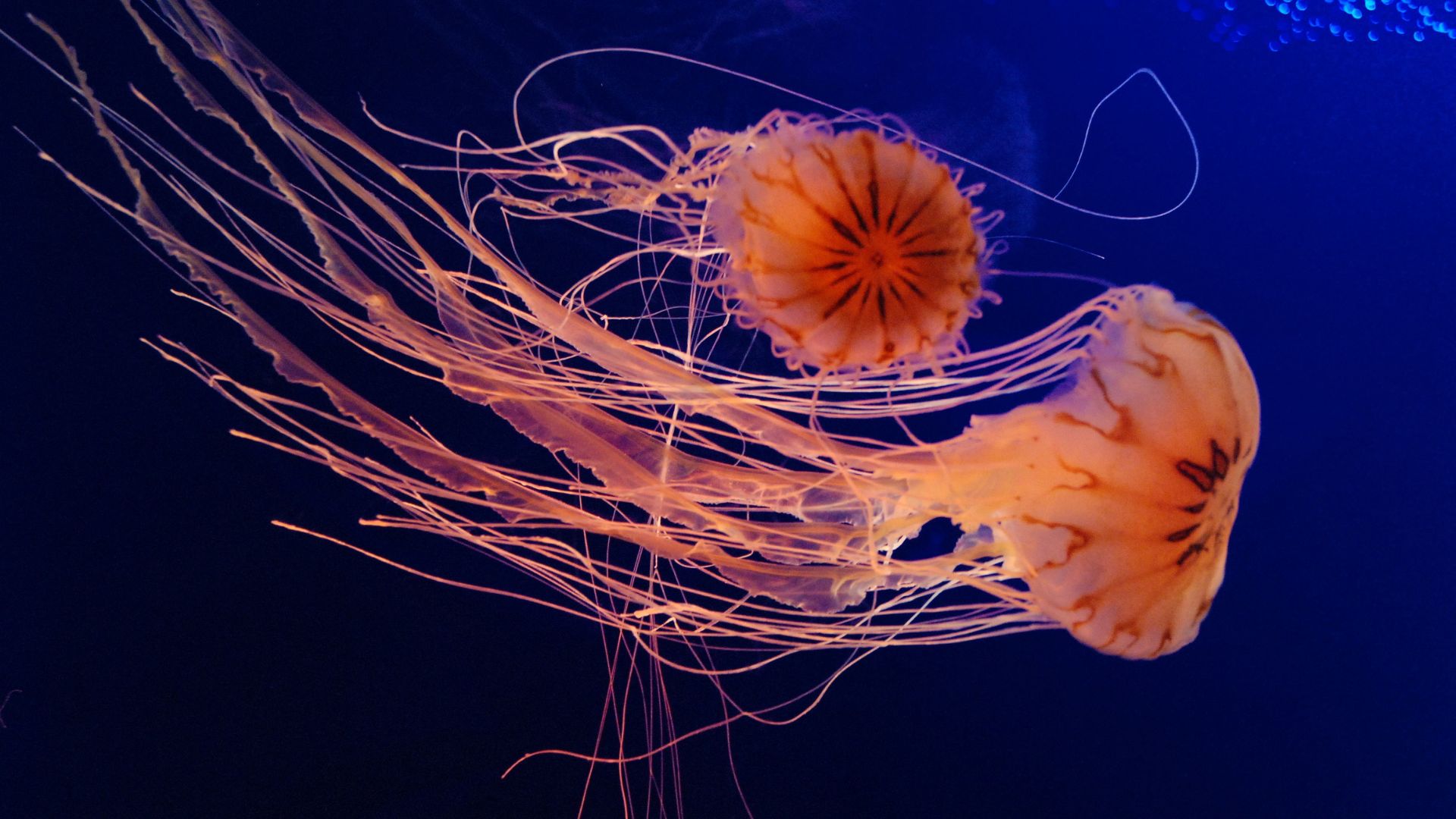
Jellyfish are fascinating sea creatures, but getting stung by one isn’t exactly a day at the beach. Understanding jellyfish stings can help you stay safe in the water and manage any unfortunate encounters.
Here are things you absolutely need to know about jellyfish stings, from how to avoid them to what to do if you get stung.
Whether you’re a seasoned beachgoer or a curious newbie, this guide is packed with essential tips that could make your next seaside adventure a little smoother and sting-free.
1. What Causes The Sting?
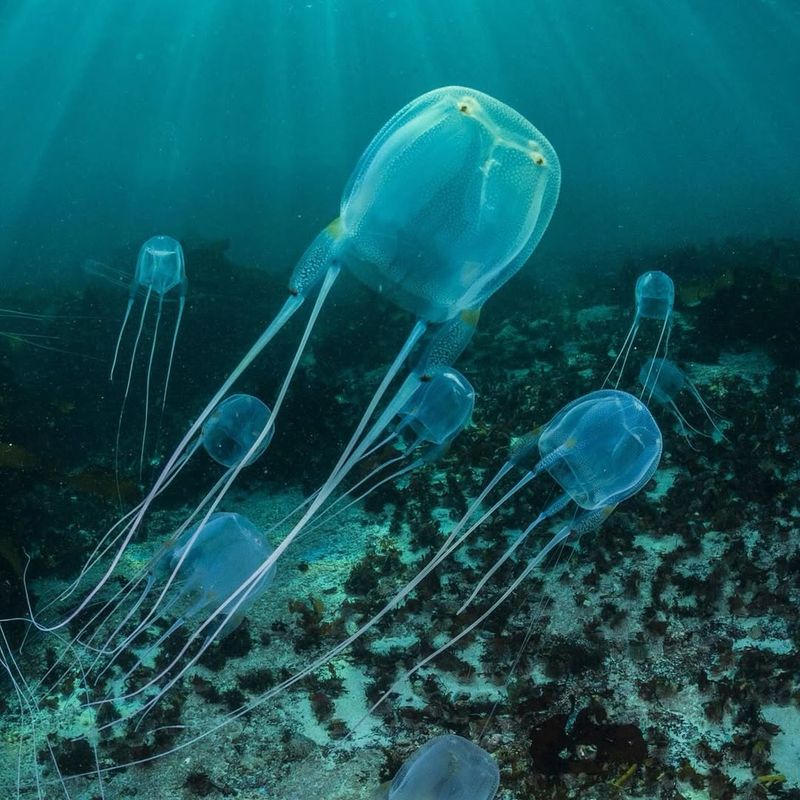
Jellyfish stings happen when tiny cells called nematocysts release toxins into the skin. These cells are part of the jellyfish’s defense system, not an intentional attack.
Even though nematocysts are microscopic, their sting can cause anything from mild irritation to intense pain. Understanding how these stings work helps explain why they happen and how to handle them.
It also reminds us that jellyfish are simply trying to protect themselves, not harm us on purpose.
2. Immediate First Aid Steps
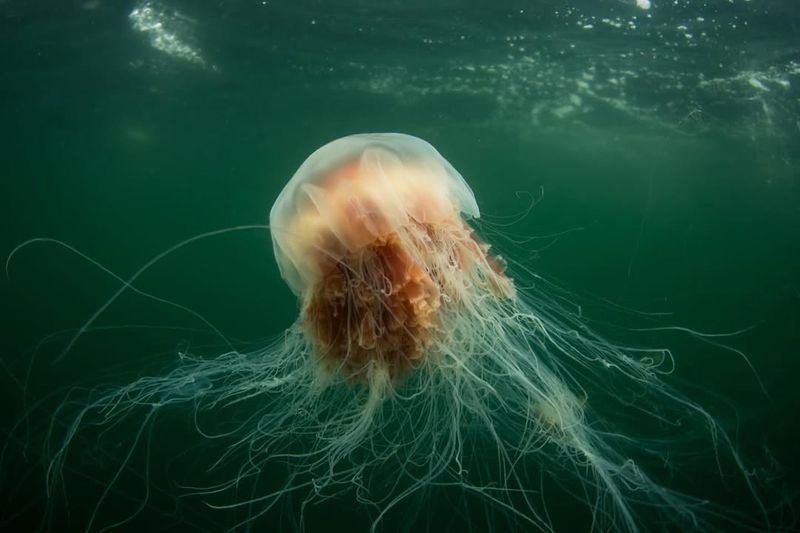
Getting stung by a jellyfish requires quick action, and rinsing the area with vinegar is the first important step to neutralize the venom. It’s crucial to avoid using fresh water since it can trigger more stinging cells.
After rinsing, carefully remove any tentacles using tweezers, being gentle to avoid causing more stings. Applying heat, like a hot shower or heat pack, can help ease the pain.
Acting fast not only reduces discomfort but also lowers the risk of further issues.
3. Not All Jellyfish Are Dangerous
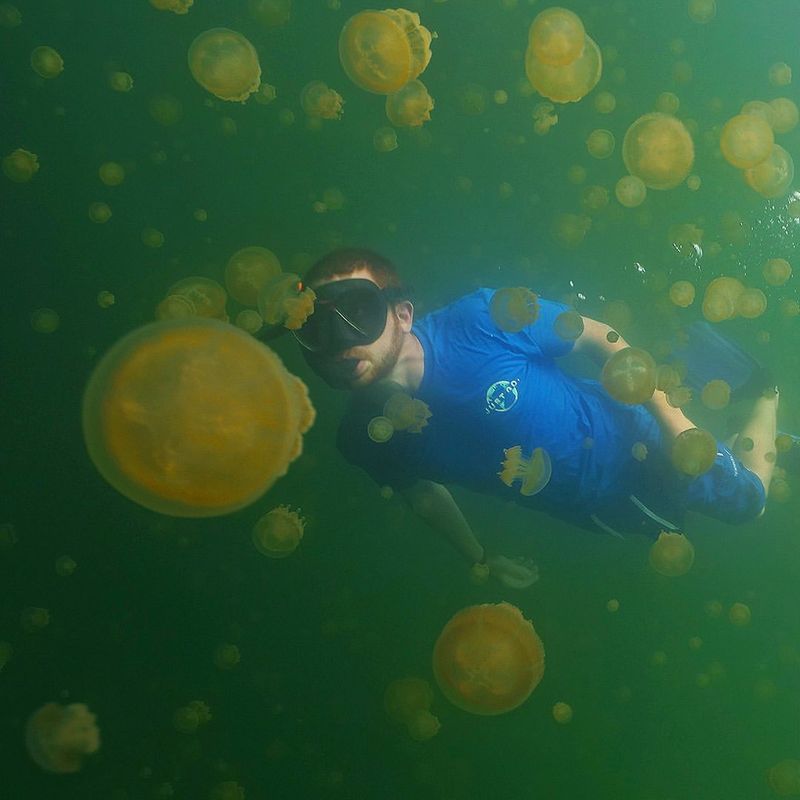
While some jellyfish are notorious for their painful stings, many are harmless to humans. For example, the Moon Jellyfish is generally safe.
Knowing which species are in your area can help you avoid unnecessary fear and enjoy the ocean more. Awareness of local jellyfish species can make a significant difference in your beach experience.
Understanding the diversity among jellyfish can help prevent panic and allow for a more informed approach.
4. The Box Jellyfish Warning
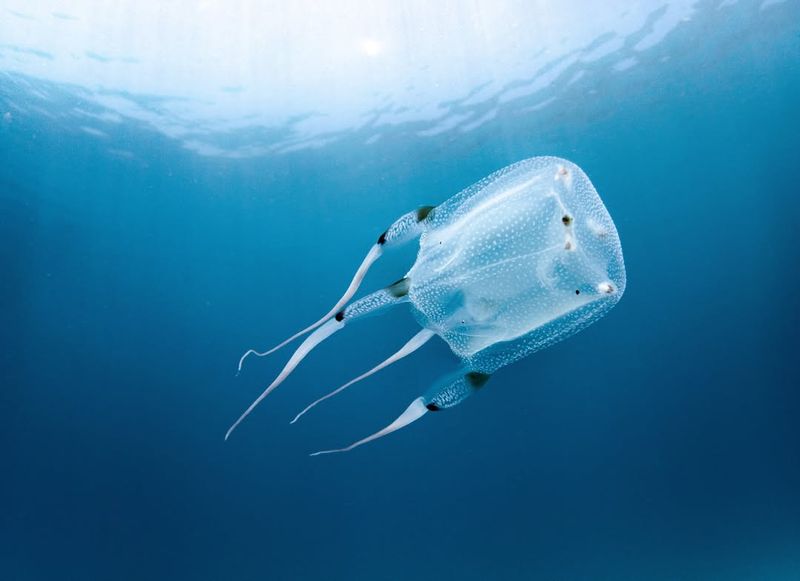
Box jellyfish are among the most dangerous jellyfish species. Their venom can cause severe pain and even be fatal, they pose a serious threat to swimmers.
Their tentacles can be several meters long, so avoiding them can be tricky. Knowing their habitats and characteristics is crucial for safety.
Recognizing the risks associated with box jellyfish can save lives and prevent serious injuries.
5. Seasonal Jellyfish Blooms

Jellyfish blooms occur seasonally when large numbers of jellyfish gather in one area. These blooms are often influenced by water temperature and current changes.
During bloom periods, the risk of stings increases significantly. Planning beach visits with this in mind can be wise.
Understanding jellyfish bloom patterns can help you choose the best times to hit the beach without worrying about stings.
6. Why Vinegar Works Best
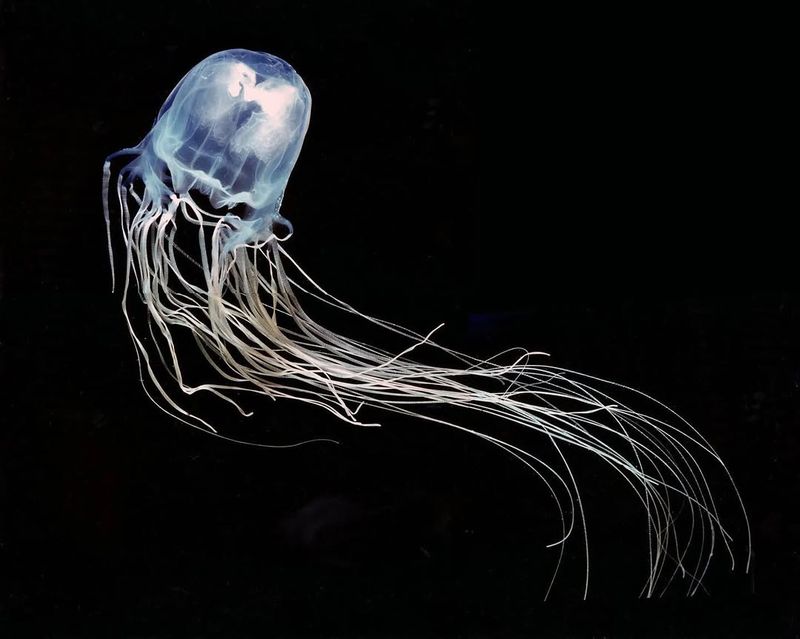
Vinegar works well against jellyfish stings because it stops the venom from spreading. Its acidity prevents the stinging cells from firing more toxins into the skin.
Unlike water, vinegar won’t make the sting worse, making it the safest first step. Rinsing with vinegar right away can ease the pain and lower the chance of complications.
Keeping vinegar nearby is a smart way to be ready for surprise jellyfish encounters.
7. Recognizing Severe Reactions
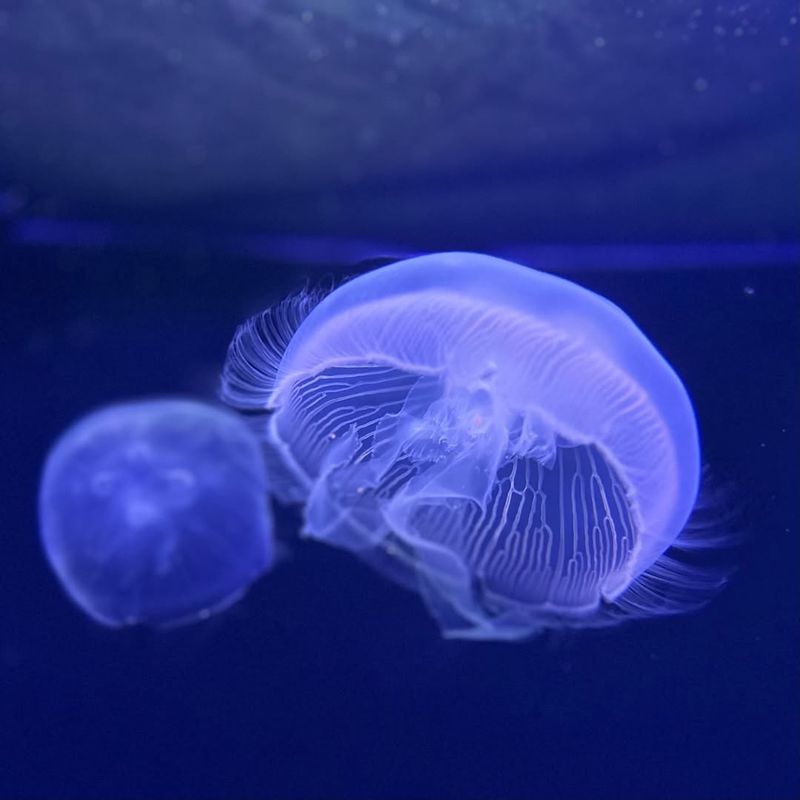
While most jellyfish stings are mild, some people may experience severe reactions. Symptoms like difficulty breathing, chest pain, or swelling need immediate medical attention – recognizing these signs is crucial.
Not every sting will lead to such reactions, but being aware can prevent tragic outcomes. If someone shows signs of a severe reaction, call emergency services without delay.
Quick action can be lifesaving; knowing when a sting is serious helps ensure that the best possible care is given promptly.
8. Jellyfish Stings And Children
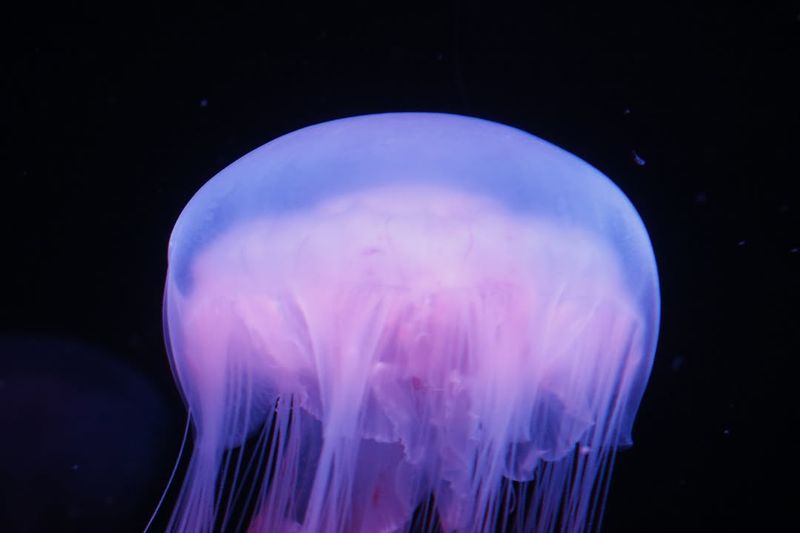
Children are more at risk for jellyfish stings because of their delicate skin and natural curiosity. Teaching kids how to recognize jellyfish and beach warning signs is key to keeping them safe.
Close supervision while at the beach can help avoid unwanted encounters. Giving children the knowledge they need turns a frightening situation into a valuable lesson.
With a little guidance, kids can enjoy the ocean safely and parents can feel more at ease.
9. Sting Prevention Tips
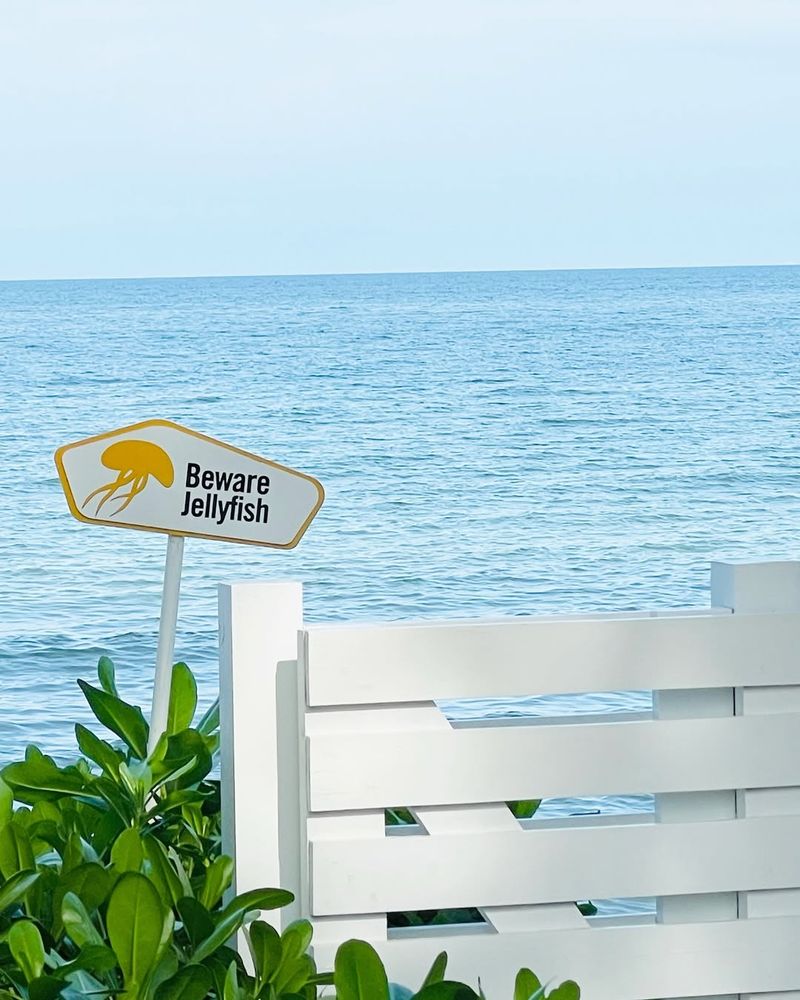
Preventing jellyfish stings begins with being aware of your surroundings and potential risks. Wearing protective gear, like wetsuits, can shield your skin in waters where jellyfish are common.
Always check local warnings for jellyfish activity before you swim. Avoid going into the water during jellyfish blooms to stay safe.
Taking these simple steps can help you enjoy the beach without worry and avoid the pain of a sting.
10. When To Seek Professional Help
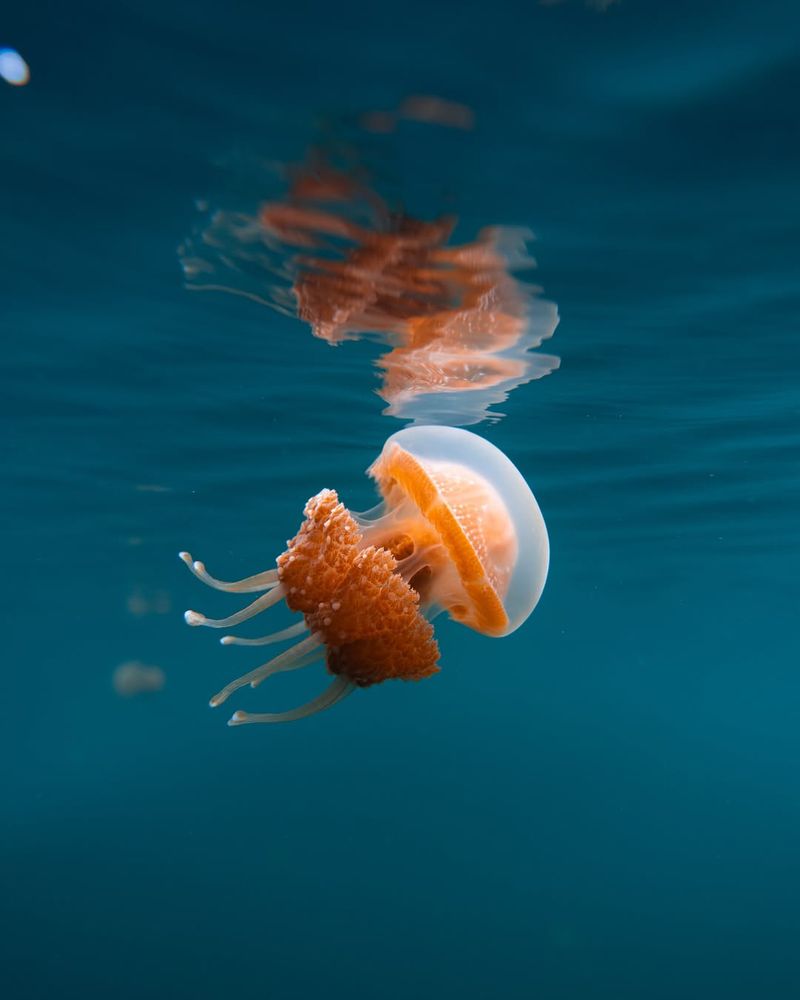
If a jellyfish sting doesn’t improve or leads to severe symptoms, seeking professional help is advised. Persistent pain, severe swelling, or signs of infection require a doctor’s attention.
Doctors can manage complications and provide appropriate treatment. Don’t hesitate to visit a healthcare provider for persistent issues.
Professional help ensures proper healing and peace of mind. Knowing when to seek help is an essential part of dealing with jellyfish stings.




